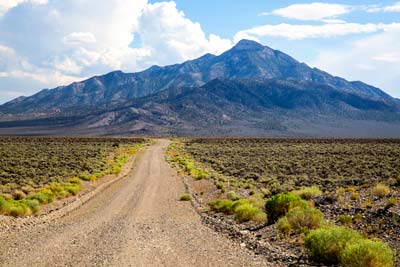
Opening Weekend
Monday, Oct. 6
The official event schedule for the 2025 NCKMS has now been updated. Please check our schedule page or download a PDF to your mobile device.

Sitting at Nevada's eastern edge of the "Loneliest Road in America," Ely is a remote mountain town where history, art and outdoor adventure thrive. Ely was founded in the 1870s as a stagecoach stop and trading post called Murray Station, but it would become one of the country's major copper mining regions.
The Nevada Northern Railway arrived in 1906. Now, this well preserved short-line railway draws visitors from all over the world to ride on its queens of steam and historic diesel engines.

Nevada is the most mountainous state in the country, with over 300 individual mountain ranges and 42 named summits over 11,000 feet!
![]() Partly cloudy, with a low around 20. North northwest wind 5 to 10 mph.
Partly cloudy, with a low around 20. North northwest wind 5 to 10 mph.
![]() Partly sunny. High near 47, with temperatures falling to around 40 in the afternoon. North northwest wind 5 to 10 mph.
Partly sunny. High near 47, with temperatures falling to around 40 in the afternoon. North northwest wind 5 to 10 mph.
![]() Mostly cloudy, with a low around 26. West wind 5 to 15 mph.
Mostly cloudy, with a low around 26. West wind 5 to 15 mph.

h2go Essen Vacuum Food Container
It's a double-wall, stainless steel, 17 oz capacity thermos from h2go®. This thing is more rugged than your cave pack! We've been trying to beat up the manufacturer's sample they sent, but it keeps winning. Hot things stayed hot, cold things stayed cold.
And ours will have the cool NCKMS logo printed on it.
